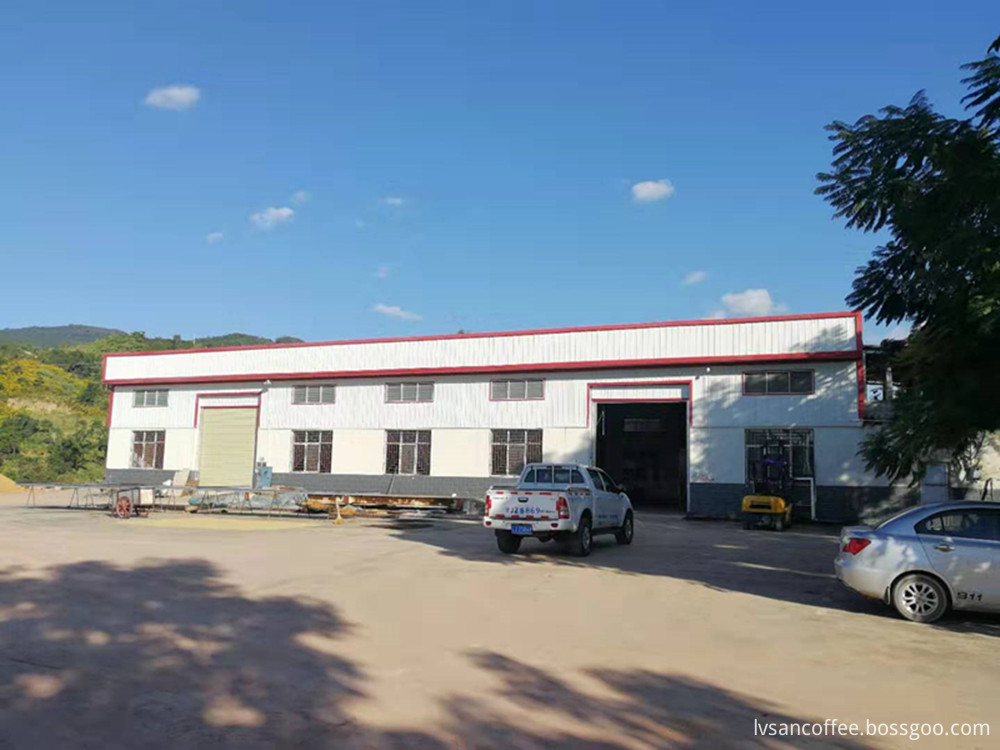Every kind of fruit tree is different, even big trees and small trees are different. The control targets are different in different regions. The main common pathogens of apple trees are: leaf fall disease (including: spotted leaves, brown spots, round spots, etc.), fruit hazards such as anthracnose, mildew, etc. 70%-80% of the time when the flowers fall is a critical period for the prevention and control of anthracnose, mildew and other diseases. The main medications are: Benmidiconazole, Mancozeb, Prosenzine, Carbendazim, Thiophanate-methyl, etc.; The first time to prevent and control falling leaves was in June, when the weather gradually turned hot, and the germs and diseases began to harm fruit trees. Bordeaux mixture can be used to prevent this during this period. Every 20 days thereafter, mancozeb, tebuconazole, and carbendazim are used alternately. Also prevent Starscream! The weather in each place, the planting structure is different, and the management plan is also different. We can discuss the specific situation together! The garden is cleared in spring, usually half a month before budding, once the flower dew period is red, and 80% of the declining flowers start to spray, 3 times in a row, with an interval of about 7-10 days, and then start bagging. Emulsifiable concentrates are generally not used for medication before bagging, and powders are generally not used. They are all relatively high-grade fungicides. The management after bagging is more extensive, and varies greatly depending on the region. Apples are generally administered 10-12 times a year. According to the situation, 11 times are normal. They are: dry branches (dormant period) in mid-to-late March, flower dew red period (mid-April) for three times of bagging. Early May-early June, about 20 days after declining flowers in mid-May, about 30 days after declining flowers, 2-3 days before bagging), usually 5-6 times after bagging, after unpacking*** ***Play the fungicide again. Disclaimer: Some articles on this website are transferred from the Internet. If the legal rights of a third party are involved, please inform this website for processing. phone
China Green Coffee Beans
flavor: mellow and balanced, with fruit acid flavor, nuts, honey, chocolate, citrus;
Variety:Aribica
processing method: washing;
water content: less than 12%;
packaging: 60kg / bag
In 1892, French missionary father Tian Daneng preached in Dali, Yunnan Province, China. In order to drink coffee, he taught local villagers to grow and drink coffee. Up to now, coffee has been planted in Yunnan Province of China for more than 100 years, with an area of 120000 mu. Most of the varieties planted in Yunnan are ccatimor, with an altitude of 1000-1500m, The coffee produced in Yunnan has a balanced taste, rich nut and citrus flavor, some of which are very sweet, with obvious taste of chocolate, toffee and maple sugar. It is one of the high-quality coffee producing areas. Our coffee is produced at the junction of Puer and Burma - the Myitkyina original jungle beans at 1500-1750, with a rich flavor, high aroma and high sweetness. The 2019 international coffee cup Masters Tournament (China finals) is sponsored by beans.
Green Coffee Beans,Unroasted Coffee Beans,Organic Green Coffee Beans,Freshly Roasted Coffee Beans Yunnan New Biology Culture Co,.Ltd , https://www.lvsancoffee.com
How to spray fruit tree fungicide to be effective